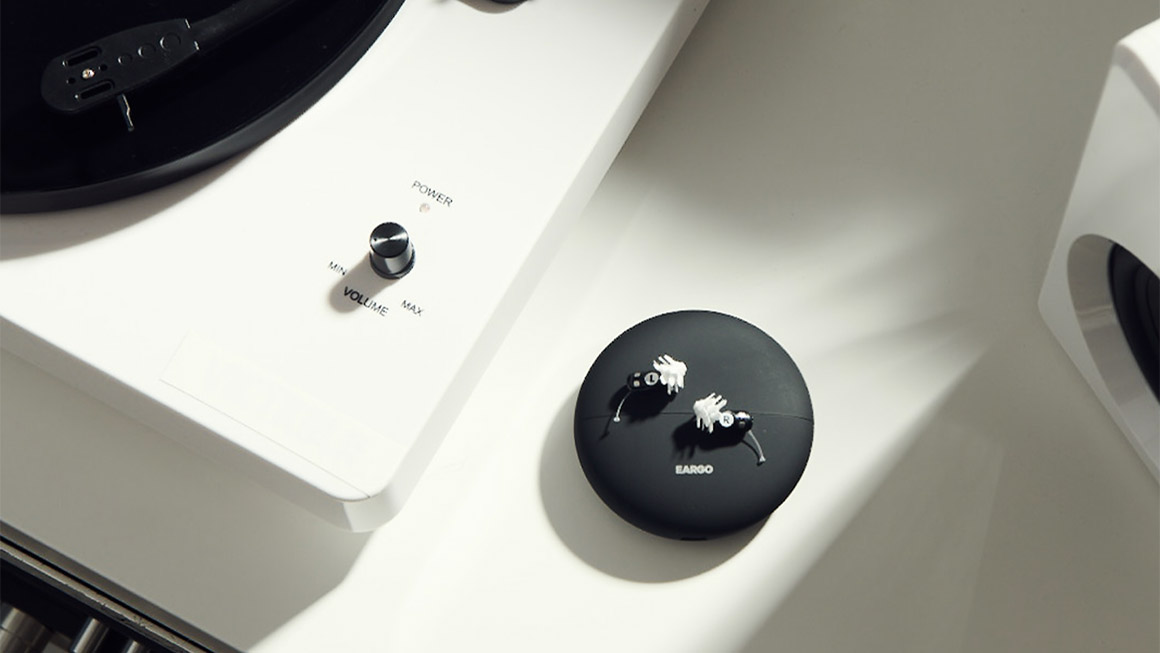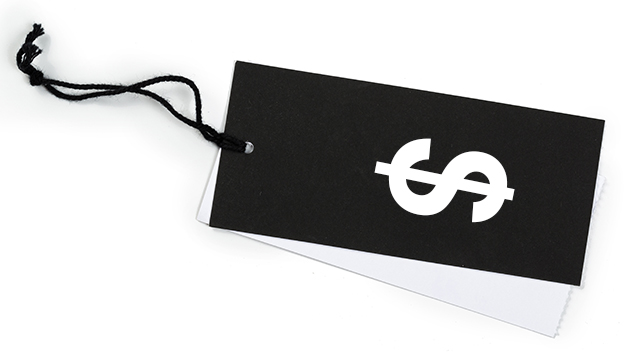Always be wary of suspiciously good prices.
Spending 30 years as an audiologist has provided me with an amazing perspective on the growth and changes in the hearing aid industry. I’ve seen many fantastic advancements in technology that weren’t possible decades ago. Advancements that have given people the ability to hear and enjoy life like they hadn’t before. Even more exciting, there are today’s innovators (like Eargo) who are developing unique products and new business models that make hearing aids more comfortable, accessible, and affordable.
But it’s not all good news: given the present technology and design advancements, there’s a category of “hearing devices” attracting attention that’s actually turning back the clock and adding a great deal of confusion for the consumer: PSAPs. A major recent consumer study raised the alarm on the so-called benefits of these devices, and its findings are very telling.
Before we get into the study, let’s clearly define the difference between a PSAP and a hearing aid.
PSAP stands for personal sound amplification product and is defined by the FDA as, “a wearable electronic product that is not intended to compensate for impaired hearing but rather is intended for non-hearing impaired consumers to amplify sounds in the environment for a number of reasons, such as for recreational activities.[1]” Consumers and hearing professionals typically refer to PSAPs as “amplifiers.” And these PSAPs are tricky––many of these products are available online or in print publications and market themselves as inexpensive hearing aids, but are greatly lacking in performance and consumer benefit.

To be called a “hearing aid,” a manufacturer must meet the following definition and abide by numerous FDA rules. To be called a hearing aid, the following definition must be met: “Any wearable instrument or device designed for, offered for the purpose of, or represented as aiding persons with or compensating for, impaired hearing.” Essentially, if you have designed a Class 1 medical device, such as Eargo, and your intent is to help people with hearing loss, then you can market yourself as a hearing aid.

For the past 30 years, MarkeTrak has been a leader in hearing research by talking directly to hearing aid users and non-hearing aid users. Thousands of consumer responses were analyzed for MarkeTrak 10. MarkeTrak has long been regarded as the “gold standard” in understanding consumer behavior and perception in terms of influencing hearing aid research, professional behavior and product development.
As part of the most recent MarketTrak 10 survey, thousands of consumers using PSAPs and hearing aids were asked to report on 15 key areas of satisfaction. Consumers were asked to judge the categories on a scale of 0 to 100, with 100 being the highest score. In all categories but one, hearing aids out-performed PSAPs by double digits. To say this is a huge difference is an understatement. Yes, hearing aids are generally more expensive than PSAPs, but there’s a good reason why. Let’s look at the comparisons and let the numbers speak for themselves.
| Category | Hearing Aid | PSAP |
| Ease of use | 86% | 61% |
| Product Quality | 85% | 59% |
| Appearance | 84% | 55% |
| Physical Comfort | 80% | 54% |
| Category | Hearing Aid | PSAP |
| Sound Quality | 82% | 59% |
| Clarity of tone and sound | 81% | 56% |
| How “natural” things sound | 78% | 55% |
| Richness of sound | 76% | 52% |
| Category | Hearing Aid | PSAP |
| Reliability | 85% | 60% |
| Durability | 82% | 60% |
| Effort for maintenance | 81% | 63% |
And sure, PSAPs are cheaper than hearing aids, but when the question of “value” was posed to the respondents, hearing aids were given a high value score of 74% while PSAPs were only given 57%.

Always be wary of suspiciously good prices.
When asked about satisfaction with their product, a mere 35% of PSAP owners said they were satisfied with their device. That stat alone should telegraph buyer beware. The study also uncovered that the average lifespan of a PSAP is 20% less than a hearing aid. Lastly, while PSAPs are cheaper than hearing aids, hearing aids were given a high value score of 74%, while PSAPs were only valued by 57%. In short, PSAPs don’t measure up to hearing aids on any measure.
Even worse, PSAPs amplify everything, so everything sounds louder. Sounds good, right? In theory, yes—but in reality, you could be doing your hearing more harm than good. Hearing aids are designed to amplify only the hearing frequencies that are missing. Amplifying the parts that are still functioning well could result in destructive noise volumes and cause hearing loss in these ranges as well.
So, what are the real advantages to a PSAP? Other than price, none. I liken using PSAPs to trying to win the Indy 500 with a scooter. Sure, you’re in the race, but odds are you’re not going to win—and you’ll probably get hurt.
When buying hearing aids, I’m a firm believer that it’s critical to get a hearing aid that meets the following criteria.
Following these three guidelines will ensure you have a successful experience with hearing aids. And, if you still want to cut corners and consider a less expensive PSAP device, remember that you get what you pay for.
If you have questions about Eargo hearing aids and if Eargo is the right solution for you, give us a call at 1 (800) 903-6883.
Sources
[1] https://www.fda.gov/media/75418/download
[2] https://www.eargo.com/v2/api/images/blog/2019/10/MT10-Hearing-Review-Article.pdf (Source: HEARINGREVIEW.COM I MarkeTrak 10: Hearing Aids in an Era of Disruption and DTC/OTC Devices)